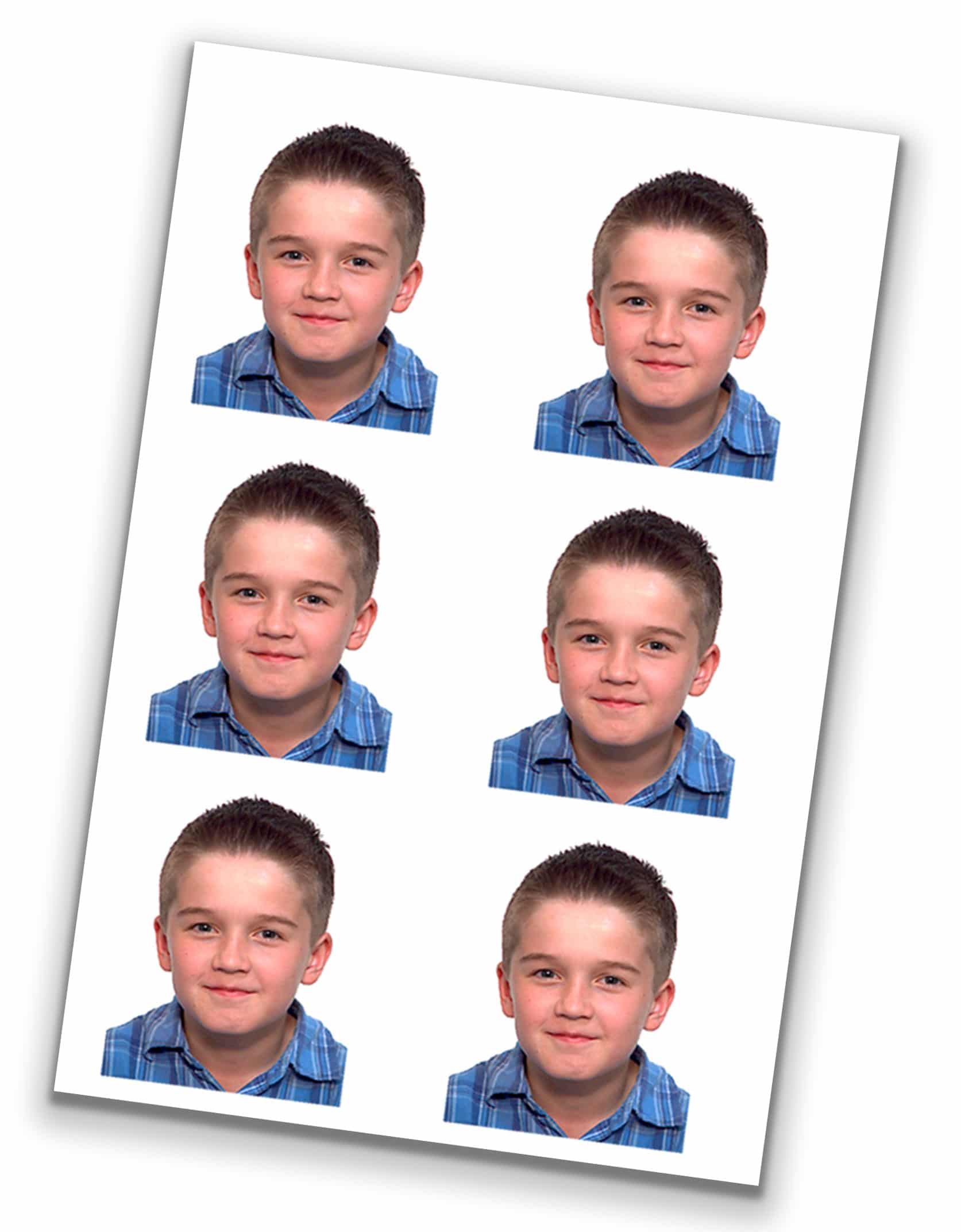- 0300 870 788 (1,01€/puhelu + 0,52€/min)
- tilaus@kuvatehdas.fi
- 0300 870 788 (1,01€/puhelu + 0,52€/min)
- tilaus@kuvatehdas.fi
A visa application often requires a specific type of photo that meets the exact requirements of the country you’re applying to. These requirements vary: different dimensions, background colors, or even facial expressions. That’s why it’s important to get your visa photo taken by professionals who know the rules.
We provide visa photos for a wide range of countries, including the USA, Canada, China, India, and many others. Whether you need a US visa photo, a Schengen visa photo, or a photo for an exotic destination, we can help. Our staff is familiar with different embassy guidelines, so you can be confident your photo will be accepted.
Visa photos can be taken without an appointment, and in most cases, the photos are ready within minutes. If you’re in a hurry or need a last-minute photo, we make sure you get it on time.
If you’re unsure about the requirements for your visa application, we’re happy to help. Just ask, and we’ll guide you through the process.
| Palvelu | Per henkilö |
| Visa photo printed | 27€ |
| Visa photo sent to your email | 27€ |
| Visa photo printed and sent to your email | 29€ |
| Visa photo + printed copies for another country | 37€ |
| Visa photo + electronic copes for another country | 32€ |
| Children who don’t sit by themselves | 30€ |
| Your own picture printed or sent electronically | 15€ |
| Reprinting or sending pictures taken with us within 6 months | 10€ |
| Extra copies printed | +5€ |






Yes, absolutely! Standard visa photos can be taken at home. However, it’s important to consider certain characteristics before applying with your picture. Nowadays, you can take a worthy picture of yourself with your phone and you can send your pictures to us for evaluation. If you’re not able to edit your pictures at home, then it’s possible to send your pictures to us for editing. Let us know for which country the pictures are for, so that we can make the required edits to the picture. Once we’re done, we’ll send the pictures back to you, fully edited according to the standards of that country.
The picture needs to have even lighting. Don’t use a flash on your phone, since the lighting will in most cases be uneven. The face, in this case, tends to be over exposed and the background full of shadows. Natural lighting is the best option or a general bright light. However, make sure that the light isn’t located right above you.
If the lighting on your face is good, you can send the picture to us. We’ll edit the background so that it fulfills or the official standards.
The background should be an even white. We are able to remove the background electronically, but this is made difficult if the background is uneven. You can also put a white t-shirt or textile as the background, if you don’t have any even white surfaces. This is easier to edit out afterwards. We recommend not wearing a white shirt, since this tends to blend with the background.
Sit upright or stand with your face and head aimed towards the camera. Don’t angle your head to high or too low, even if you think this looks better. This might distort the image and is one reason for images not passing the police inspection. The camera should be around the same height as your eyes.
Your body should face the camera. If you’re sitting, place your hands by your side or on your knees relaxed. Otherwise, your shoulders might rise too high and the picture will not be accepted.
Your facial expression needs to be neutral. You can have a positive look on your face, but you’re not aloud to smile. This means that your cheek bones shouldn’t rise. Keep your mouth closed so that your teeth aren’t visible. Your mouth has to be completely closed.
The police officials have informed that scarves and other headgear can be used in pictures for religious reasons. Otherwise, these are not allowed and bobby pins shouldn’t be too visible. If you fulfill the police standards for wearing something on your head, please make sure that there are no shadows on your face and that the edges are far enough from your eyes.
We don’t recommend using glasses in the picture. Due to biometric passports and IDs, facial recognition and eye scanning have become main recognition methods. The frame of the glasses can’t be too close to your eyes, there shouldn’t be any reflections and they can’t be tinted. Even if all the above criteria are fulfilled, the official is the last person to make the decision and can fail the picture.

Kids over the age of two have the same criteria as adults, at least in Finland. The police is more lenient with kids under the age of two. For example, kids under the age of two can have their mouth open, but if possible they prefer it closed. This, however, is not a reason for failing the picture. It is important, that the head and eyes are facing the camera and that the eyes are looking into the camera. Make sure that there is no clothing in front of the face. The picture can, for example, be taken on top of a cloth on the ground. Make sure that there are no shadows on the face. The background we can edit out afterwards, so small shadows don’t matter.
You can also take a picture with the kid in your lap. Make sure that the background is clear and that the hands don’t rise up too high. Keep your own hands relatively low as well, so that they don’t show in the picture.